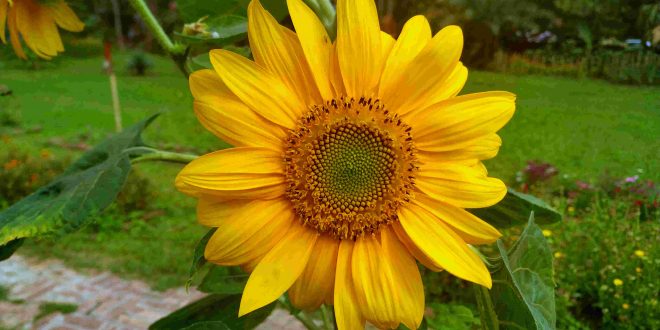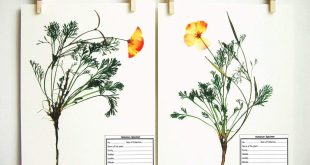If I say let’s become familiar with the Asteraceae family, probably it will not be so effective but if I say that let’s become familiar with the family of sunflower and dahlia flower it will be better to understand. As we do in the case of identifying a person’s family by the name of a member. However, there are thousands of plants around us, each with its own unique characteristics. In the case of a human being, it is difficult and time-consuming to remember so much information. But memorizing family characteristics is very helpful. We can easily identify a plant by looking at the common features of the family. As we can detect or assume any stranger’s hometown by observing his getup. This assumption may not be entirely accurate, but it is possible to get closer to the idea of a plant by looking at the characteristics of the family.
However, the Asteraceae family has a number of identifying features that are easy to recognize. See at first sight, the only thing that identifies them is the structure of their flowers. If you look closely, you will understand that the flowers of this Asteraceae family are not single but form a bunch of innumerable flowers which combined look like a single flower. If you are imagining an Aster flower you will better understand what I am trying to say. if you facing difficulties visualizing it then look at the picture below.
Best safe and secure cloud storage with password protection
Get Envato Elements, Prime Video, Hotstar and Netflix For Free
Best Money Earning Website 100$ Day
#1 Top ranking article submission website

Anyway, wherever I was, yes sunflower structure. If you look at the structure of sunflowers, you will understand that there are two different types of structures. Something like a disc in the middle of the flower and petals scattered like a ray of light outside that disc. Basically, the middle disc is also a bunch of flowers called disk florate and the outer rays are also called aggregate flowers which are called re-florate. Some flowers, however, do not have the structure that this outer ray has, so it is a little difficult to recognize. However, there is nothing to be afraid of, there are still some identifying features left.
The interesting thing is that most of the features that can identify this family are related to their flowers. So as beautiful as their flowers look, they are just as important in terms of features. Let’s get back to the original story. I was talking about their flowers. Their anthers are joined together to form a ring that is syngenesious, and the discs in the middle are called capitulum or heads.
Another interesting thing is that most of the types of flowers we see around us are members of the Asteraceae family. However, many types of flowers can be seen around, but no fruit can be seen. If they are found, it may be very rare because most of these plants do not produce endosperm or food stored for embryos. If there is no food for the fetus, the fetus dies in infancy, so it is very difficult to see the fruit.
Let’s get back to the story of the Asteraceae family. It goes without saying that there are no tree plants in this family, most of them are herbaceous plants and some of them are shrubs. However, considering the number of plants, this Asteraceae family is one of the richest families in the plant world. Different members of this family are scattered all over the world. Some of their members have high economic values. Some members of this family are very popular ornamental plants and produced commercially as cut flowers. Dahlia, Aster, Zinnia, Crysanthermum, Marigold are common flowering plants we often use.


Some are highly medicinal, have many valuable compounds which are used to develop the medicine. Safflower, Bhringraj, False daisy, Toothache plant are some examples.


Some are very dangerous weeds. They grow very rapidly, increase their number very rapidly and cause many fatal problems to society. Some are so harmful that government gives the order to weep out them where they are found. Carrot grass (Parthenium hysterophorus L.), Dandelion, Singapur Daisy, Jack in the bush (Eupatorium odoratum L.) are some of them.


that’s all for today. hope you enjoy it. If you have any questions please let me know and Farewell till the next post.
References:
- O P Sharma; Plant Taxonomy, 2nd Edition.
- Ahmed, ZU., Hassan, M.A., Begum, Z.N.T., Khondker, M., Kabir, S.M.H. Ahmad,
M., Ahmed, A.T.A., Rahman, A.K.A. and Haque, E.U. (eds.). 2008.;
Encyclopedia of Flora and Fauna of Bangladesh, Vol. 08.
কেউ বাংলায় পড়তে চাইলে আমার ফেসবুক পোস্টটি দেখতে পারেন।
Related Articles
 Plantlet The Blogging Platform of Department of Botany, University of Dhaka
Plantlet The Blogging Platform of Department of Botany, University of Dhaka






So much informative 💙. Thanks for sharing with us 💙
Our gem @Md. Siddiq Hasan
Your point of view caught my eye and was very interesting. Thanks. I have a question for you.